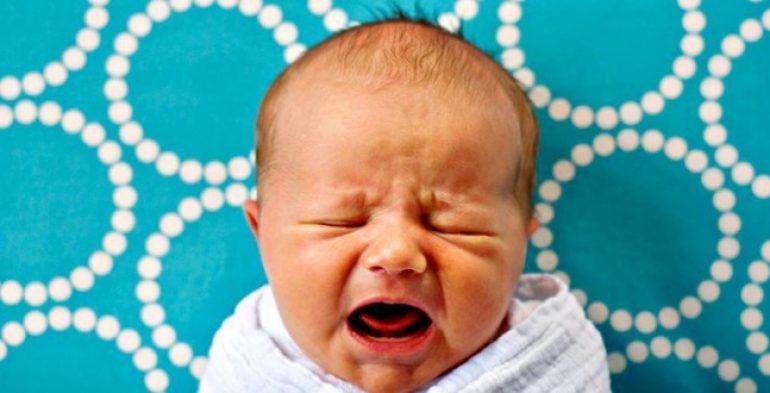
![]() What is pediatric hydrocele?
What is pediatric hydrocele?
-It’s the accumulation of fluids around a testicle in the scrotum (the sac containing the testicles). It could be on one or two sides of the testicles, and will either appear since birth or a little after. Female infants could also catch hydrocele, but relatively rarely.
 What causes pediatric hydrocele?
What causes pediatric hydrocele?
-Testicles are formed in the fetus’s abdomen, and they descend along with the blood vessels and nerves to the scrotum through the inguinal canal.
-In normal cases, this canal closes automatically, which prevents the descent of some of the abdomen’s contents to the scrotum. But in some cases, this canal doesn’t close naturally, which allows the abdominal fluids to descend to the scrotum, resulting in a visible swelling in the sac.

What are the kinds of pediatric hydrocele?
-As stated above, the hydrocele is a swelling in the scrotum as a result of fluids in this sac, it could be on one side of the testicles or both, and this fluid is accumulated in one of two ways:
- Non-communicating hydrocele: As the baby matures and after the testicles and some fluids from the abdominal cavity have descended to the scrotum, the inguinal canal closes after the fluids have reached the scrotum. So the size of the hydrocele is stable and isn’t affected by intra-abdominal pressure.
- Communicating hydrocele: The inguinal canal doesn’t close after the testicle has descended to the scrotum, allowing the fluids to move between the abdominal cavity and the scrotum. This causes the scrotum to change in size, being smaller when the baby is asleep horizontally, which allows the fluids to go back to the abdominal cavity, and bigger when the baby is standing due to the descent of the fluid from the abdominal cavity to the scrotum because of gravity. This kind of hydrocele is affected by intra-abdominal pressure, and increases in size when there is more pressure, due to coughing or crying, for example.

What risks does it have for the baby?
-Hydrocele has no risk on the baby, and has no effect on fertility later on. Hydroceles, however, might be confused with inguinal hernia, or they could both happen at the same time. So, you should consult a pediatric surgeon to know whether the reason behind the swelling is hydrocele or something else.

How can we tell whether it is a hydrocele or an inguinal hernia?
-Only a doctor can tell the difference between the two through physical examination of the baby.

How is hydrocele treated?
-In most cases the hydrocele disappears without surgical intervention, wen the baby turns one year old. But if the hydrocele continues to increase in size, then the baby should be taken to a pediatric surgeon for reevaluation, and consultation if the hydrocele stays big after the baby turns one-year-old.
-The baby should be taken to a pediatric surgeon if he experiences sudden pain, to make sure he does not have a testicular torsion and that blood has not stopped flowing to the testicle.
-There is no effective treatment of hydroceles. So, if the inguinal canal doesn’t close and continues to allow the fluids to descend to the scrotum, there will be a need for a surgical intervention to extract the fluid in the scrotum and close the inguinal canal, thus, stopping the fluid from descending to the scrotum. The surgery is performed under general anesthesia and takes about twenty minutes, after that the baby will be discharged from the hospital the same day.










